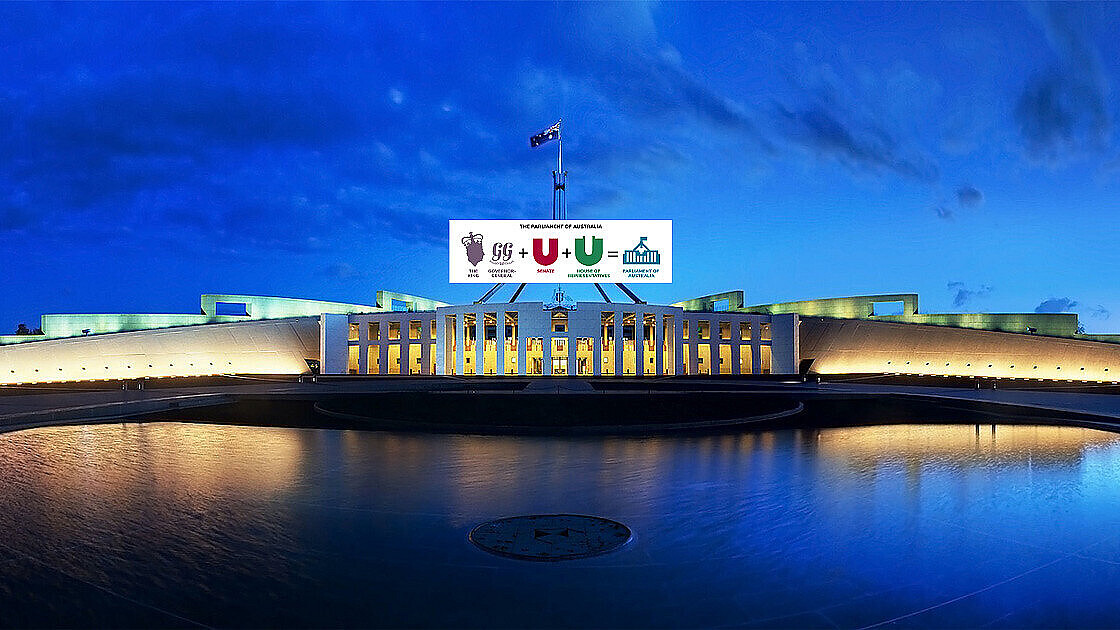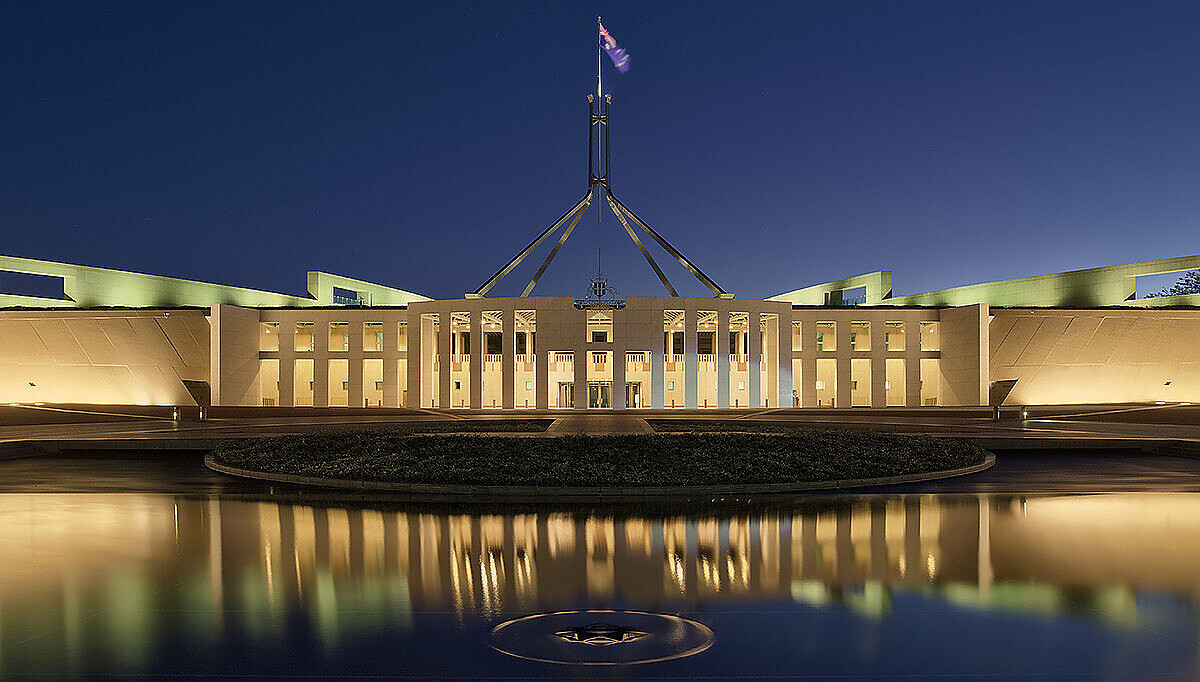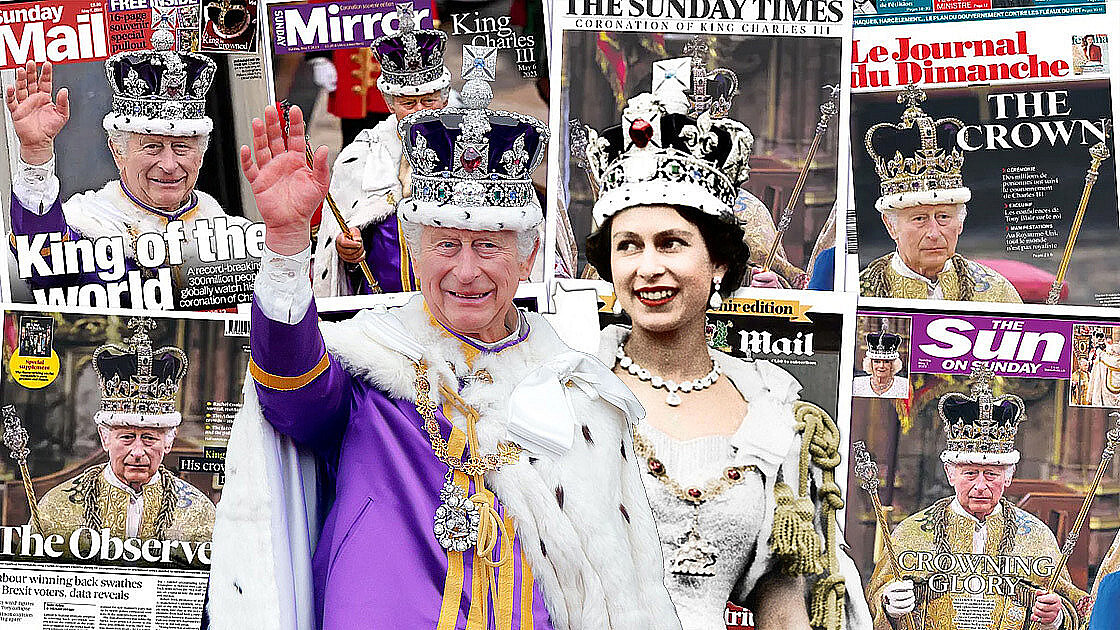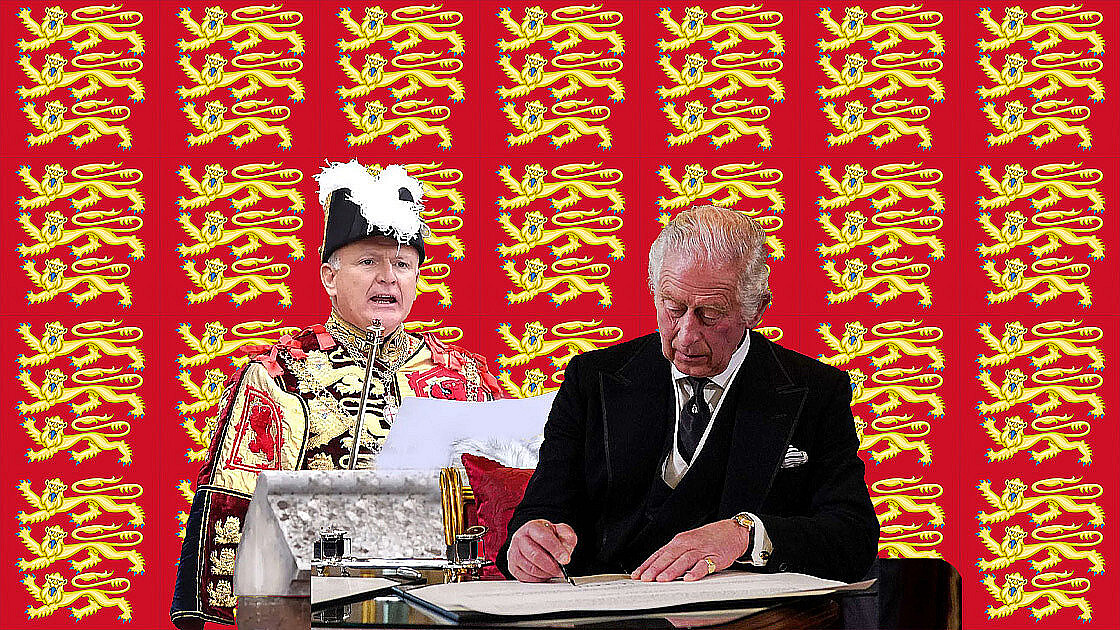Australian Legislature
The term ‘legislature’ is the proper name given to the houses – or ‘chambers’ – of parliament within any of the governments in Australia. The legislature at both federal and state/territory levels of government is made up of people elected by citizens.A legislature is an assembly with the authority to make laws for a political entity such as a country or city. They are often contrasted with the executive and judicial powers of government. Laws enacted by legislatures are usually known as primary legislation.
First, the Australian Crown is part, and an inherent part, of each of the parliaments. Each one is The King, Queen or sovereign in Parliament.
This is so even where the enacting formula has been twisted to remove any reference to The King, Queen or sovereign.
(This is yet another example of creeping republicanism where the politicians choose to ignore the peoples’ clear decision in 1999 to remain with the constitutional system and attempt to hide the Crown. This can be merely based on obeisance to some nominal republicanism. But it can constitute an Orwellian attempt to remove the Crown from the peoples’ memory, thus making it easier to effect change in the future. What is sinister is when it involves an attempt to neutralise the Crown as a potential check and exercise on power. The reason for the eviction of the governors from Government House in New South Wales was for this purpose, according to the admission of its author, but only after he had left office. )
Royal Assent is normally given on advice that a bill has passed parliament, and not as one commentator, who headed two government departments, says in the Executive Council. This is an important point. It means that the “auditing” role the Crown plays in the executive government, discussed below, will not arise when bills have passed through parliament and are presented for the Royal assent. That said, the Crown will need to be assured that the bill has been passed as required by the relevant constitution. When it was proposed in some quarters in 1975 that the appropriations bills held in the Senate be presented to the Governor-General for assent without passing the Senate, there is little doubt that Royal Assent would have been refused. As a leading British constitutional authority observed:
“the doctrine that the sovereign is required to act on the advice of the ministers presupposes that ministers themselves act within the framework and presumptions of constitutional government.”
It seems inconceivable today that Royal Assent would ever be refused. But before 1975, it seemed unlikely that the Crown would ever withdraw the commission of a prime minister enjoying the confidence of the lower house. And we do know that as late as 1914, the Sovereign contemplated refusing assent to a bill.
In a letter to The Times just before that, the great constitutional authority, A.V Dicey, indicated that the power to refuse assent had a particular function:
“Its repose may be the preservation of its existence, and its existence may be the means of saving the Constitution itself on an occasion worthy of bringing it forth.”
It should be noted that this was in relation to the British Parliament, which is not constrained by a written Constitution.
Another aspect of the Crown as an integral part of each parliament is the recognition by the Crown of an important office in any Westminster parliamentary system, that of the Leader of Her Majesty’s Loyal Opposition. While opposed to much of what the government is doing, the Leader is not –at least until the recent outbreak of republicanism- opposed to the Sovereign. As the leader of the largest party in the lower house, not in government, he or she will normally be an alternative leader of Her Majesty’s Government if the government loses office. The office of Leader is recognised, respected and supported, hence strengthening the essentially democratic nature of the polity and the fact that the Crown is of no party.




